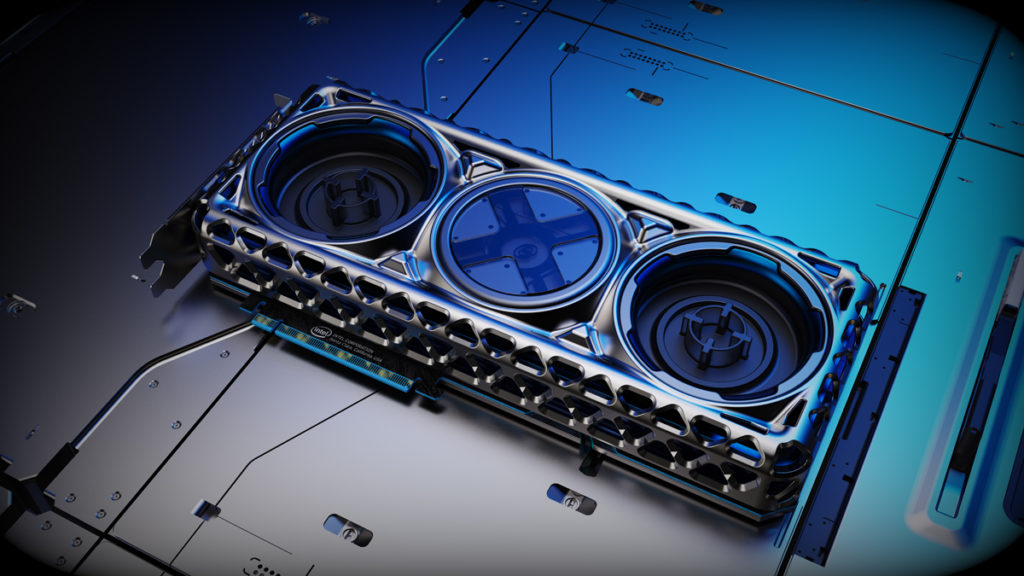- Joined
- May 6, 2019
- Messages
- 12,595
- Points
- 113
Image: Intel
Intel’s upcoming desktop gaming GPUs might include support for AMD’s new spatial upscaling technique for improved performance. This is according to a recent Twitter exchange between HardOCP’s Kyle Bennett and Intel graphics chief Raja Koduri, the latter of whom confirmed that blue team was “definitely looking” at leveraging AMD’s newly unveiled FidelityFX Super Resolution technology for its Xe-HPG graphics cards. During its Computex 2021 presentation on Monday, AMD stressed that FidelityFX Super Resolution would be available on a wide range of products that not only included its own Ryzen and Radeon range, but NVIDIA’s GeForce graphics cards as well.
Definitely looking at it – the DL capabilities of Xe HPG architecture do lend to approaches that achieve better quality and performance. We will definitely try to align with open approaches to make ISVs job...
Continue reading...
